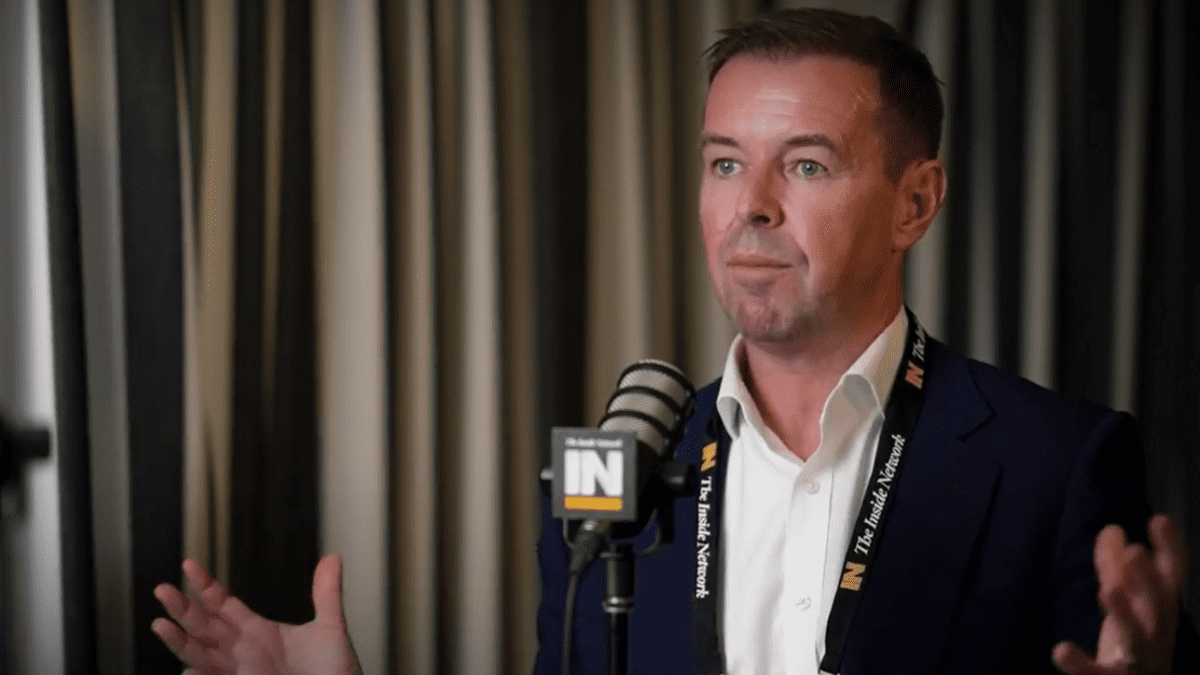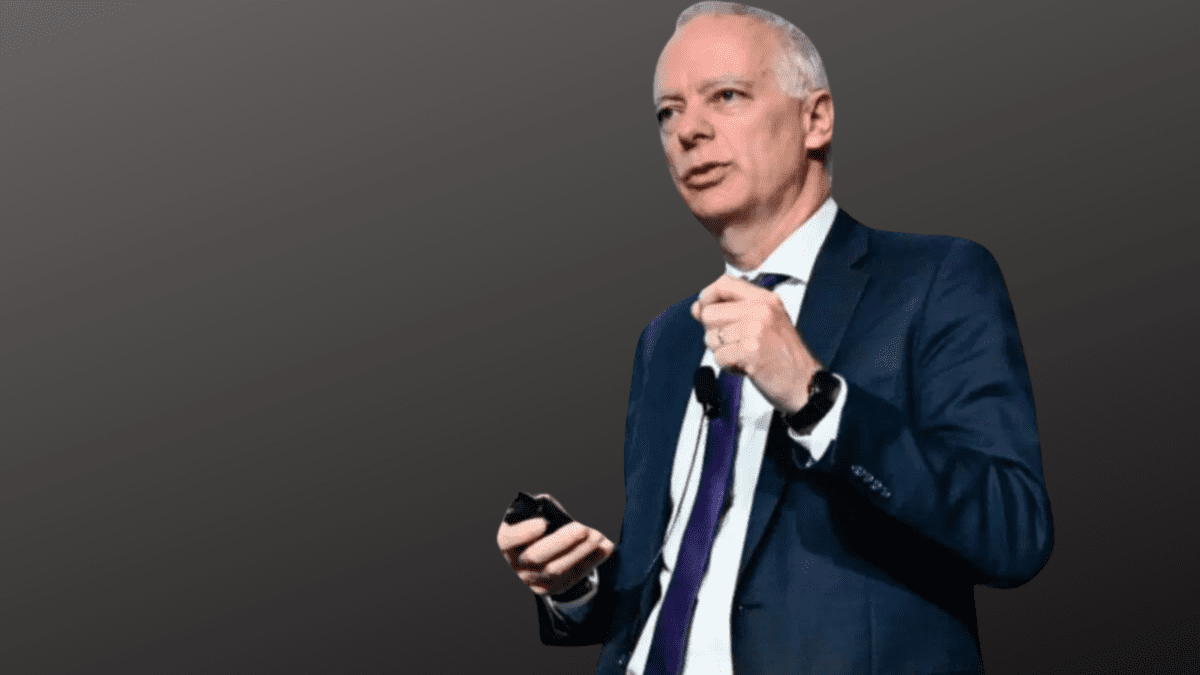Advice fees still hinge on FUM, but the future may well be flexibility
The melting pot that exists in the financial advice industry continues to evolve, highlighted by the growing role of asset consultants and the entry of a number of asset management firms into the direct-to-consumer market.
On the fee-to consumer front, there is a constant evolution. While there are no shortage of clients seeking financial advice, an increasing challenge for advisers is being able to both price and show value to prospective clients in as little as two one-hour meetings.
The expectations for financial advisers from prospective clients are incredibly high, as they should be, but the inherited history of the financial services industry likely isn’t helping.
Attending a dinner with a number of leading advisers recently, the question of fixed vs. asset-based fees arose once again, and the answers were somewhat surprising. While data shows the increasing prevalence of fixed fee agreements with clients, it appears that most advisers base even these fees on the level of assets under management.
Any why not? In the US, advice fees are almost solely based on a percentage of the assets under management, typically around 1 per cent, and clients are more than willing to pay for this. For advisers, this means that as assets increase, fees also increase. The same applies as assets reduce for one reason or another.
Australians, in my experience, tend to be less comfortable with this approach, perhaps due to the nature of advice legislation which requires the full disclosure of every possible fee that a client will pay, whether to a product provide or the adviser herself.
In many client conversations, a question similar to the following often crops up: how do advisers justify a fee of $15,000 per year when the investment income on a $1.5 million portfolio is only $75,000?
Advisers know that their work extends beyond investments, yet the method through which they are calculating fees focuses solely on investments, likely encouraging the client to think this way.
This question becomes even more relevant amid the growth of asset consultants in the industry (which I disclose I am an owner of one) that allow advisers the ability to outsource much of the investment analysis and work. This dynamic does force the question: what exactly are clients paying for?
It is becoming increasingly difficult to scale and run a financial advice practice efficiently, and to do so while being rewarded for the business risks they take. Finding a niche and a fee model which suits your ideal client will likely be key.
For instance, is it appropriate to be charging a retired client based on a single, assets under management model? Particularly in light of the fact that their balance will likely fall, while the amount of work involved remains the same? Similarly, how does one service lower balance, accumulator clients, which tend to require significantly more work and support?
Is the future fixed fees? Hybrid fees? Asset based? Separate administration and investment fees?
Ultimately, what matters is that the client sees value in the service they’re receiving and the manner by which they receive it. If that means letting them decide how they want to be charged, the future of fees may well involve more flexibility and the primacy of choice.











